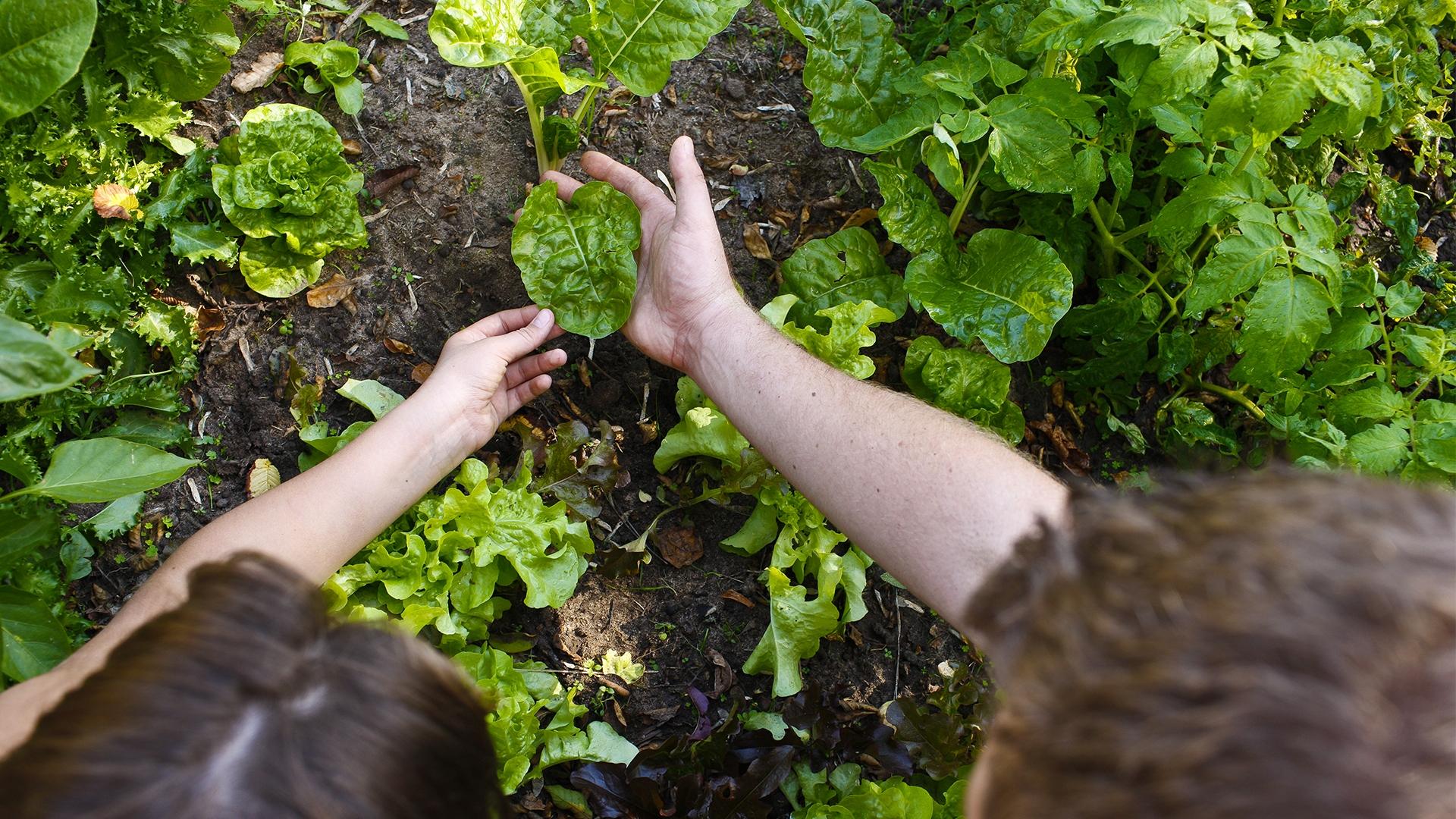How to create a garden in Quebec
Updated on June 16, 2025
4 mins reading time

Creating a vegetable garden in Quebec is easier than you think. Follow these gardening tips to successfully grow vegetables in Quebec and enjoy an abundant harvest all summer long.

Benefit from personalized advice
Do you have questions about your home, need specific information, or are you looking for referrals to find an Approved Supplier?
To contact our Residential Advisory Services
1-877-803-1118